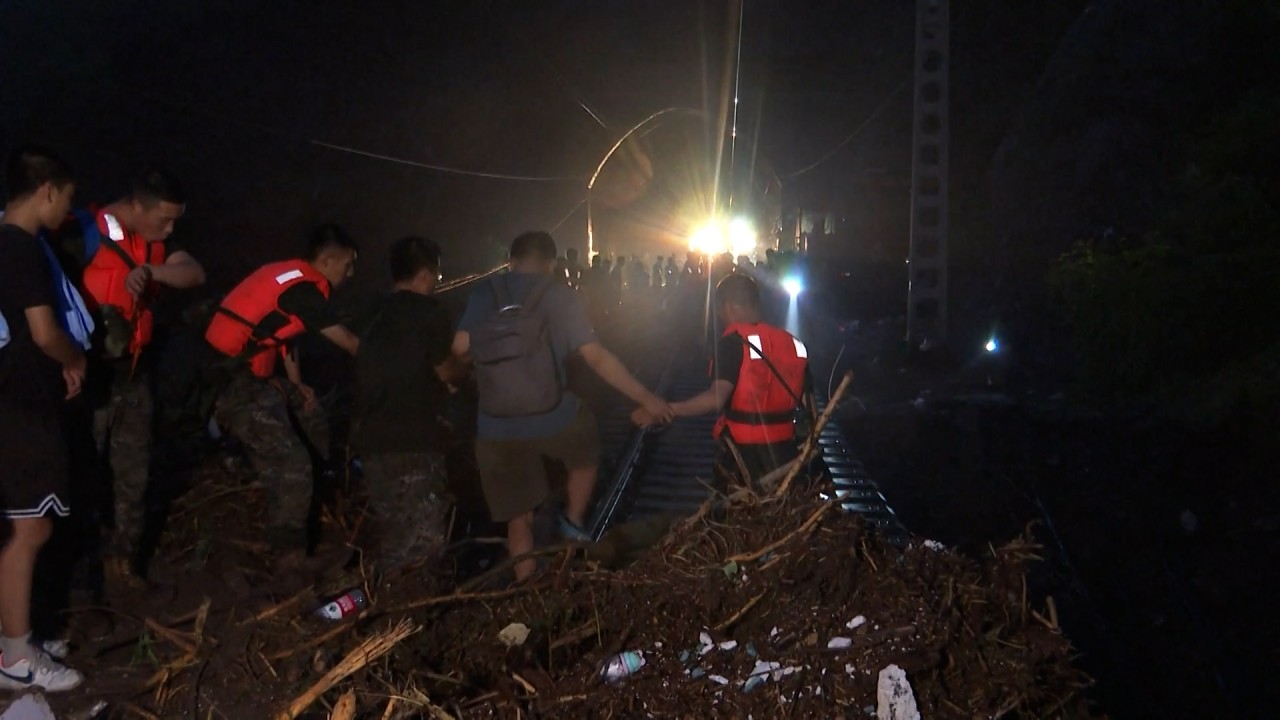
China’s State Council focuses on national flood relief as Beijing toll rises to 33
- Premier Li Qiang convenes cabinet meeting as rescue efforts continue nationwide, with north and northeast worst affected
- Li calls for authorities to do their utmost while maintaining stability in society, while Beijing officials confirm record rainfall
The death toll from Beijing’s devastating floods rose to 33, with 18 people still missing, on Wednesday, as Premier Li Qiang convened a meeting of the State Council – China’s cabinet – focused on national flood relief.
Five of those among the latest confirmed fatalities, as of midnight on Tuesday, died while taking part in the disaster relief effort after Typhoon Doksuri hit the Chinese capital with its heaviest rainfall in decades, from July 29 to August 2.
The updated death toll is three times higher than the previous update last Tuesday, when authorities said the floods had caused 11 deaths, with 27 people missing in the city.
On Wednesday morning, Beijing vice-mayor Xia Linmao said the capital was hit by “historically rare torrential rains”, with 60 per cent of the average annual rainfall falling in 83 hours.
City officials said a reservoir in the northern district of Changping recorded 745mm (29.3 inches) of rainfall between 8pm on July 29 and 7am on August 2, the highest recorded at a single location in Beijing for such a period in 140 years.
The flooding has affected 1.29 million people across the city, with 59,000 homes collapsing and another 147,000 seriously damaged, according to the Beijing municipal government.
Beijing’s mountainous and rural areas were severely affected, with 342 villages experiencing communication disruptions and 256 cut off from transport. Power, water and communications have been restored to all villages.
The city officials said reconstruction of the affected areas was expected to be completed within three years.
On Tuesday, Li convened a meeting of the State Council specifically on the nationwide flood relief effort, as rescue missions continued, especially in northern and northeastern China.
Li called on authorities to do their utmost on flood relief as well as “maintaining stability of the society”. He also told the meeting that food supplies must be ensured, as well as drinking water and shelter for those affected.
Thousands forced from homes in Hebei to ease flooding in Beijing
Timely disinfection to prevent diseases was also needed, as well as an early start on reconstruction work, to give those made homeless by the floods new housing in time for winter, Li said, in his first public appearance since July 31.
Top leaders, including President Xi Jinping, are believed to have been on their annual summer retreat – signalled by a reception last week hosted by Xi’s chief of staff at the seaside resort Beidaihe.
During this period, none of China’s seven top officials – including Xi and Li – who sit on the Politburo Standing Committee of the Central Committee have made any public appearances.
China’s top leaders gather in Beidaihe, signalling start of summer break
At the State Council meeting on Tuesday, Li said Xi “has repeatedly given important instructions, personally guided and deployed the relief efforts”.
On July 31, Li met Georgian Prime Minister Irakli Garibashvili, who was in China for the opening ceremony of the Fisu World University Games in Chengdu.
Xi was last seen in public a day earlier on August 1, when he hosted an annual promotion ceremony in Beijing for generals ahead of the anniversary of the founding of the People’s Liberation Army.


